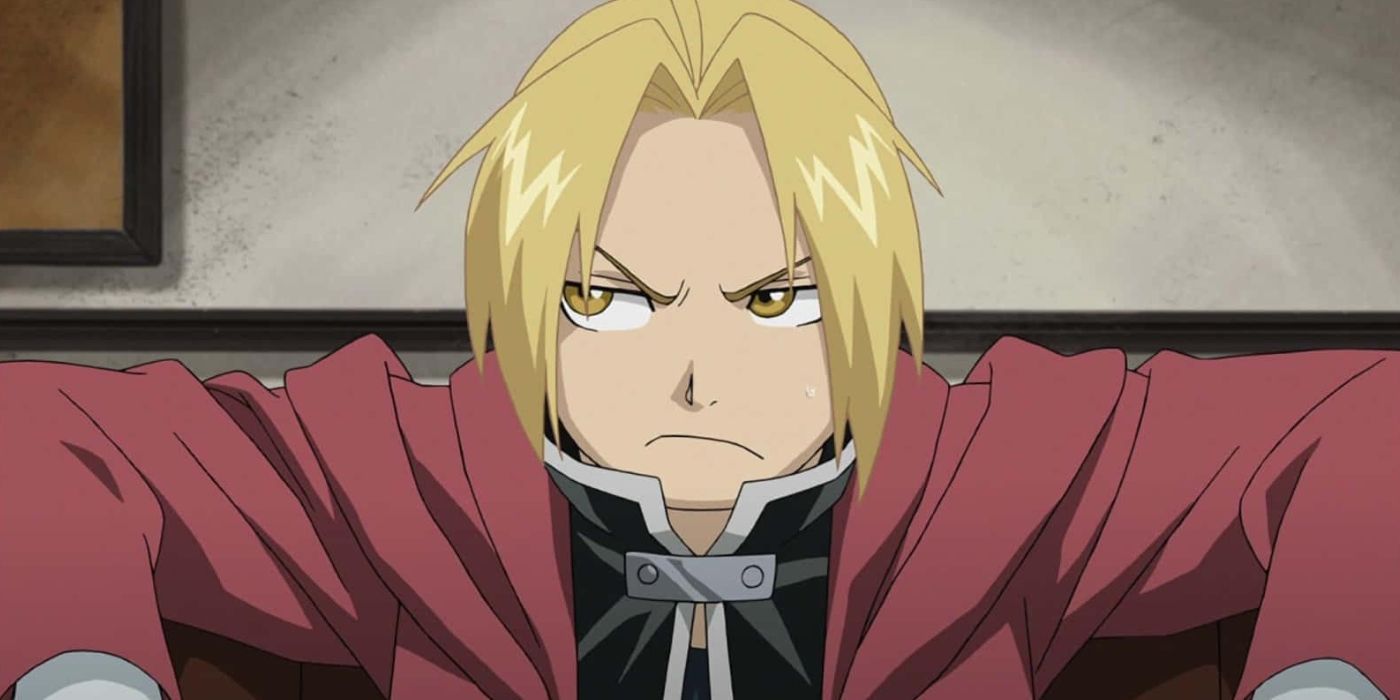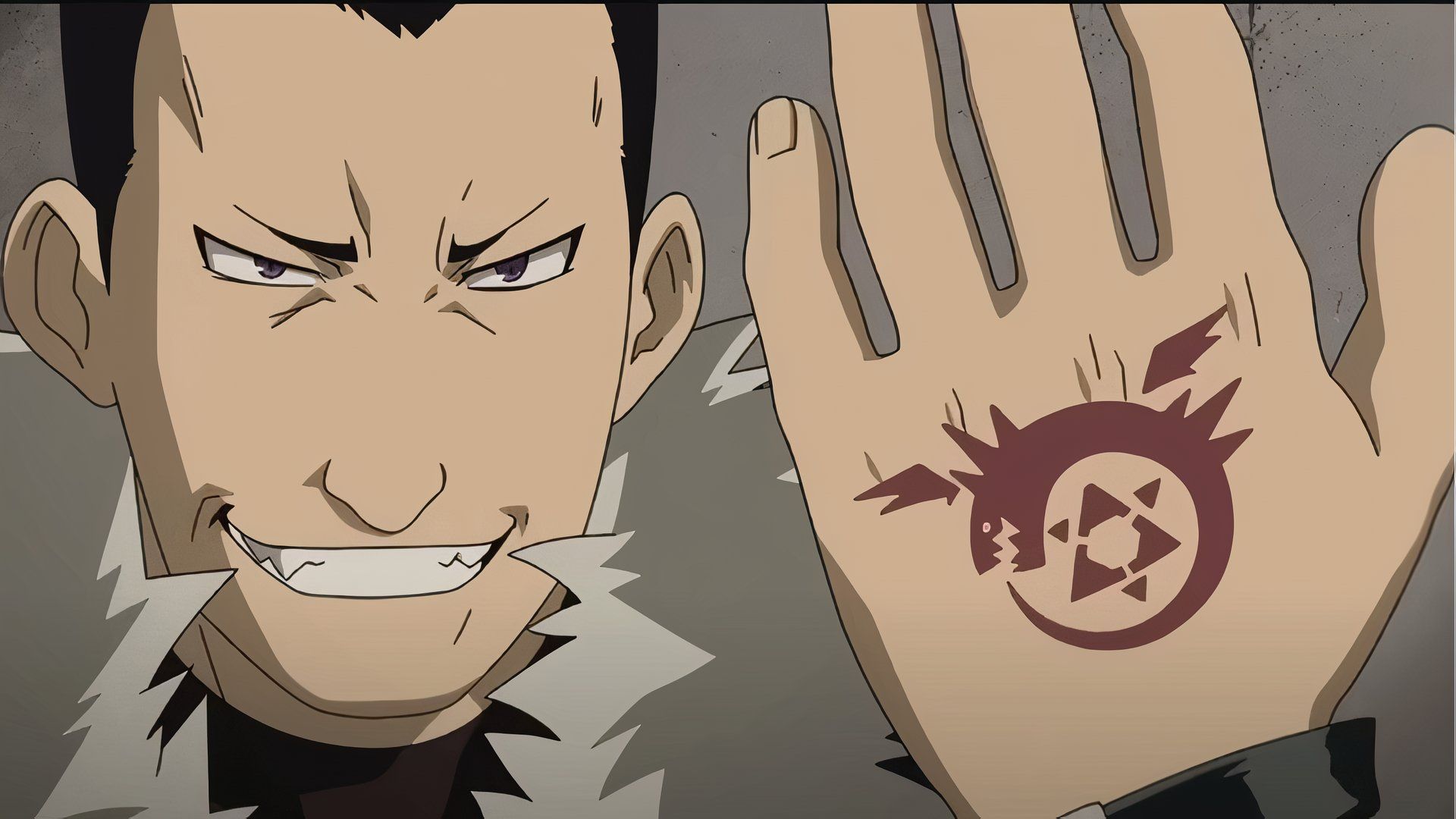
Warning: Contains spoilers for both Fullmetal Alchemist series
It’s challenging to think of many anime series as cherished as Fullmetal Alchemist. Created as a manga by Hiromu Arakawa, the narrative centered around brothers Ed and Alphonse Elric, who embarked on a quest for the Philosopher’s Stone following an unsuccessful effort to resurrect their mother using alchemy, which left their physical forms shattered. The series stood out in its genre fusion, skillfully amalgamating steampunk, buddy comedy, and sci-fi elements. Its themes delved into debates over science versus faith, the perils of godlike behavior, and the toll of colonialism – all woven seamlessly together in a captivating narrative.
It’s not surprising that a series as popular as “Fullmetal Alchemist” received an anime adaptation. What sets it apart is that it got not just one, but two adaptations. The first, debuting in 2003, was produced before the manga series was completed, leading its team to devise their own ending, much like how “Game of Thrones” ended. The second series, titled “Fullmetal Alchemist: Brotherhood“, started airing just as the author was beginning the final story arc, allowing this creative team to stay true to the entire manga. While both versions are outstanding in their individual ways, one undeniably outshines the other.
The 2003 ‘Fullmetal Alchemist’ Told an Original (If Flawed) Story



2003’s animated adaptation of “Fullmetal Alchemist” began its development shortly after the manga gained popularity in Japan. At first, Arakawa oversaw the creative team, but while helping them and ensuring they remained true to her characters, she emphasized that they should tell their own story because there was no end to the manga in sight, and she didn’t want them to be held back, waiting for her (she completed it only in 2010).
Starting from around halfway through, the 2003 series deviated significantly from the original manga; it closely followed the storyline until then, but afterwards, it took a completely different path. The central idea, “the Law of Equivalent Exchange” (meaning nothing can be gained without something of equal value being lost), became a major theme throughout the series. This led to a key change: the villainous Homunculi were no longer just entities born from human transmutation attempts.
Moreover, the narrative’s somber atmosphere was intensified, bordering on exaggeration that could be seen as satirical. The series delved into the strained relations between Amestris (the show’s location) and a neighboring nation, Ishbal, with the ancient conflict between these two nations serving as a significant plot element. Initially, Arakawa drew inspiration from the Ainu, the indigenous people of northern Japan. However, the creative team in 2003 recognized striking similarities with the Iraq War. Although their exploration of xenophobia and the military-industrial complex was intriguing, they tended to be overly earnest and heavy-handed.
Regardless of its imperfections, the 2003 series remains an engaging watch, offering a captivating narrative journey despite lacking a definitive conclusion. Compared to Game of Thrones, it handles open-ended stories more effectively. Despite the finale not aligning perfectly with initial expectations, the show attempts and achieves many notable feats. However, it’s important to note that this adaptation falls short compared to the original story.
‘Fullmetal Alchemist: Brotherhood’ Is the Story Told Right



First off, let’s acknowledge the potential issue with Fullmetal Alchemist: Brotherhood: since the early part of the narrative mirrors both the manga and the 2003 series, it can seem a bit hurried in its progression. Despite the story points and character development being on target, they don’t have the leeway that other adaptations mastered. However, when it comes to Fullmetal Alchemist: Brotherhood, it’s nearly flawless as an adaptation of one of the most outstanding manga series ever made. It manages to stay faithful to Arakawa’s vision while bringing it to life in ways that are almost unfair in their execution.
Initially, the heart of the Fullmetal Alchemist franchise revolves around the strong bond between Ed and Alphonse Elric. While the 2003 series occasionally prioritized plot over their brotherly dynamic, the Brotherhood version avoids this issue. We become deeply engaged in the narrative because Ed and Alphonse truly come across as brothers – they squabble at times, share laughter with others, and are constantly protective of each other. It’s also worth noting that Brotherhood is more adept at managing tone; unlike the 2003 show which was predominantly somber, this version handles the emotional ups and downs more effectively.
Another important factor is that the conclusion of the show seems more consistent with the narrative compared to the 2003 series. This is because the manga was nearing its end when Brotherhood was being developed, allowing Arakawa to share her intended ending with the creative team. Consequently, while the Ishbalan storyline and the origin of the Homunculi may differ, they appear more natural and thematically fitting. Moreover, the final sequence, in which the antagonist Father transforms into a god using the continent as an alchemy circle, showcases some of the most stunning animation the medium has ever witnessed.
To be clear, the 2003 series isn’t something that should be entirely disregarded because it has its merits and remains a worthwhile watch. However, Fullmetal Alchemist: Brotherhood stands out as Arakawa’s story told masterfully, reaching the peak of execution within the franchise. As such, it is the version most worthy of your attention.
You can stream Fullmetal Alchemist: Brotherhood on Netflix, Crunchyroll, and Hulu.
Read More
- Mech Vs Aliens codes – Currently active promos (June 2025)
- Hero Tale best builds – One for melee, one for ranged characters
- Gold Rate Forecast
- Honor of Kings returns for the 2025 Esports World Cup with a whopping $3 million prize pool
- Every Upcoming Zac Efron Movie And TV Show
- Grimguard Tactics tier list – Ranking the main classes
- Silver Rate Forecast
- Kanye “Ye” West Struggles Through Chaotic, Rain-Soaked Shanghai Concert
- Superman: DCU Movie Has Already Broken 3 Box Office Records
- USD CNY PREDICTION
2025-04-13 01:36